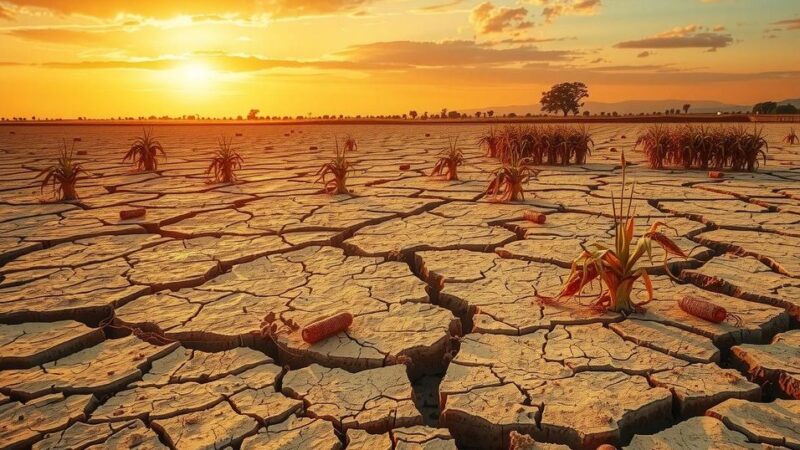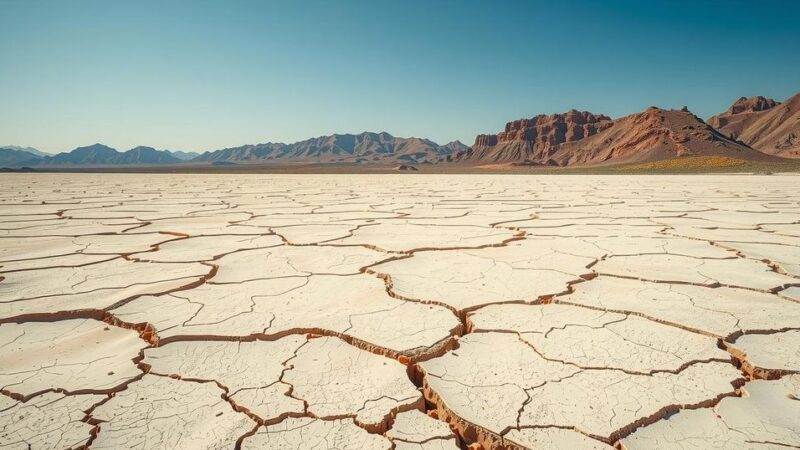Mexico has agreed to send water to the U.S. after Trump threatened tariffs, aiming to address water shortages under a 1944 treaty. The agreement is seen as a step to alleviate growing tensions between the nations, focusing on future water commitments and drought impacts.
In a move aimed at easing a diplomatic issue, Mexico has confirmed it will send water to the U.S., addressing significant shortages tied to a long-standing treaty. This announcement came Monday, as tensions escalated after President Donald Trump threatened tariffs unless Mexico fulfilled its obligations to supply water under the 1944 agreement.
The treaty involves sharing water between the U.S. and Mexico from the Colorado River and the Rio Grande. Trump accused Mexico of “stealing” water from Texas farmers, asserting that it was in violation of the treaty. In response, Mexico’s foreign ministry said they would deliver water from the Rio Grande and more during the rainy season.
This commitment highlights Mexico’s eagerness to meet its obligations under the treaty, emphasizing benefits for its northern border’s development. The U.S. State Department welcomed the agreement, stating it would provide essential water to farmers and communities within Texas’ Rio Grande Valley, helping alleviate shortages.
Additionally, the U.S. praised Mexican President Claudia Sheinbaum for her role in resolving the situation. Together, both nations plan to establish a sustainable strategy for meeting treaty requirements while addressing lingering water debts.
As of now, Mexico owed the U.S. about 1.55 billion cubic meters of water, and the treaty cycle is set to end in October. Earlier this year, Washington declined Mexico’s request for a special water delivery due to ongoing shortages. This disagreement surfaced against a backdrop of tensions related to trade, illegal immigration, and drug trafficking issues.
Recent droughts have diminished Colorado River levels, exacerbating the situation for U.S. farmers, who have expressed frustrations over perceived delays from Mexico. Meanwhile, the Mexican government attributes its water issues to extreme drought conditions affecting the Rio Grande basin for around two decades. In 2020, conflicts arose in Chihuahua when farmers took drastic steps to prevent water from being supplied to the U.S., highlighting the ongoing water crisis and its effects on regional stability.
In summary, Mexico’s agreement to send water to the U.S. comes after Donald Trump’s threats of tariffs, highlighting ongoing tensions related to water shortages and trade. The nations aim to meet treaty obligations while developing a long-term plan for water management, particularly amid extreme conditions affecting both countries. With the treaty’s expiration approaching, this resolution may mitigate further tensions and ensure necessary water supply for Texas farmers and communities.
Original Source: www.france24.com






